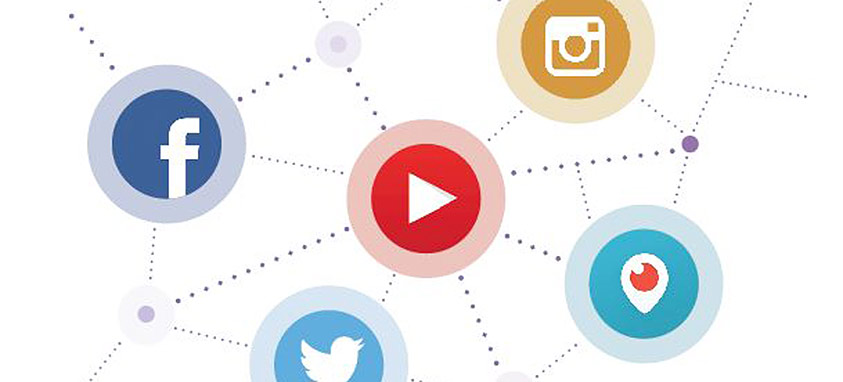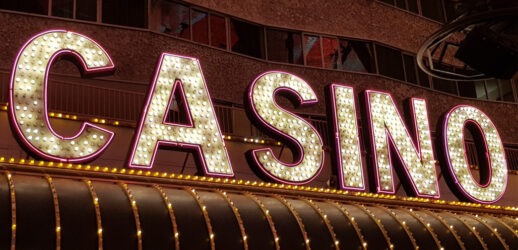Here’s an interesting paradox: For in-person meetings and events to remain valued by participants and vital to their professional success, planners must build a better experience for when attendees are not at those meetings and events.
“Organizers must think of their events as continuously living entities, not as things that take place over a fixed set of dates,” says David Epstein, content marketing manager for event-management software firm Bizzabo. “The in-person event is the central part in the process, but it’s not the only part that’s necessary and that attendees expect.”
Today, attendees, especially millennials, are looking to maximize the benefits from participating in events. Long before the actual onsite event begins, attendees want to engage with the event hosts and each other.
Introduce Your Event
Bizzabo, a platform that manages all aspects of events, began four years ago as a tool focused on fostering networking and engagement before, during and after in-person meetings. Its functionality includes the ability for registrants to:
–Browse session descriptions, and leave comments and questions
–View speaker profiles
–View profiles of attendees who opt in
–Request to connect on LinkedIn, Twitter and Facebook
–Request meeting in person at the event
Regardless of which platform a planner uses, it is essential to encourage participants to opt in to a shareable attendee list in order to build engagement, according to Eileen Roehl, CMP, managing partner for Murfee Group, an Atlanta-based strategic meeting and event management firm.
“More attendees, especially younger ones, are willing to share information about themselves to ensure that they will meet people on site who they can learn from and do business with,” Roehl says.
One way planners can maximize opt-ins is by rewarding attendees for doing so, such as giving a small registration discount, a business-related gift or access to exclusive pre-event content on a social media channel. Another tool for building engagement before an event is to empower attendees to affect the focus and direction of sessions. The result will be that each session is more robust, on point and impactful for attendees.
Tools to Engage
The onus is on the planner and session presenters to proactively build engagement ahead of time with an event audience. For the planner, the first task is to determine which electronic channels will work best.
“There are many thriving event-based groups on LinkedIn and Facebook,” Epstein says. “But LinkedIn has some drawbacks for engagement because its forums can be overrun by promotional content. And even though millennials are using Twitter and Instagram more than Facebook, it seems that people are more genuine in their interactions on Facebook because it is linked to a more personal profile.”
In other words, Facebook is still effective for posting content and starting conversations that will drive engagement for attendees of all generations. Bonus: Anything you post on social media channels such as Twitter (commentary), Instagram (photos and short videos), YouTube (longer videos) and Periscope (live streaming) can be linked to an event’s Facebook page, which will help get millennials to go there. (See our story on video usage in meetings on p. 48.)
The most important element is having a roster of session presenters who are willing to create content for these channels and interact with the audience ahead of an event.
“It’s now widely accepted that attendees are as much the experts in session topics as is the person leading the session, but many speakers are behind the curve in dealing with that,” Roehl says. “That has to change, and it starts with planners choosing presenters who are willing and able to participate in the dynamic environment you’re creating.”
Speakers Play Key Roles
Epstein says that getting a keynote or other speaker to conduct an ask-me-anything session via Twitter or the event website’s chat forum is a good starting point. When attendees communicate interesting perspectives that presenters incorporate into their session, participants’ influence over the event becomes a motivating factor for everyone to further engage.
“We’ve had some success with speakers doing brief webinars as part one of a topic, and then we say that part two will be presented at the conference,” Roehl says.
Planners can use YouTube to create a short video where two people face off with different viewpoints, and conclude by noting that the debate will be settled at the event.
“The goal is to know what type of content your audience will bite on and give them something they value,” Roehl says.
From a wider perspective, planners have to strike a balance in their approach to building pre-event engagement.
“The minute you learn a tech tool, there’s a new one coming out, so you can’t worry about being on the cutting edge all the time,” Roehl says. “But because marketing and engagement are living, breathing animals, try a new channel or tactic each year. Maybe it works great, maybe it needs some adjustment for next time or maybe you move on to another idea. The key is to have an open mind and not get frustrated.”





